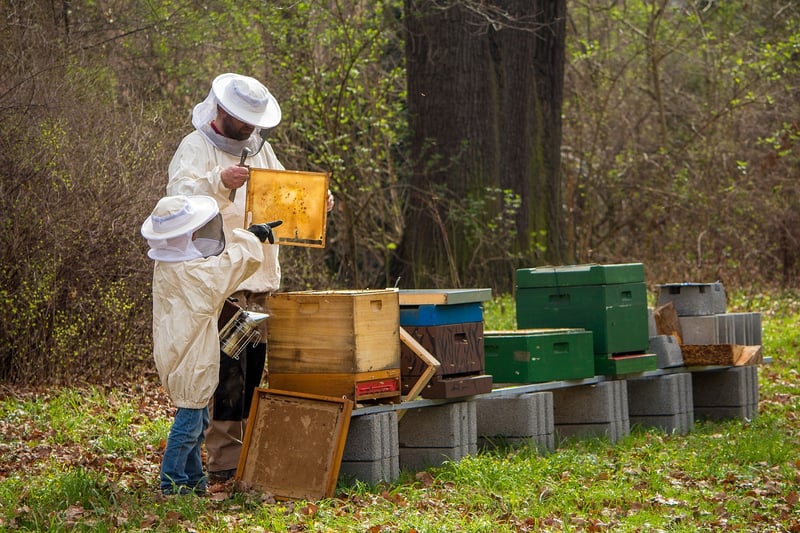Rooftop Beekeeping
The Buzz on Rooftop Beekeeping: Connecting Urban Dwellers with Locally Grown Food

Urban areas are often seen as concrete jungles, but the trend of rooftop beekeeping is changing that perception. By bringing beehives to the city skyline, urban dwellers are not only helping to support declining bee populations but also connecting with locally grown food in a unique and sustainable way.
What is Rooftop Beekeeping?
Rooftop beekeeping involves setting up beehives on the roofs of buildings in urban areas. These hives are tended to by beekeepers who ensure the health and productivity of the bees. The bees, in turn, pollinate nearby gardens and green spaces, contributing to urban agriculture and biodiversity.
Benefits of Rooftop Beekeeping
- Promotes Local Food Production: Bees play a crucial role in pollinating plants, including fruits and vegetables. By keeping beehives in urban areas, rooftop beekeepers help support local food production.
- Supports Bee Populations: With bee populations facing threats from pesticides and habitat loss, rooftop beekeeping provides a safe space for bees to thrive and contribute to the ecosystem.
- Environmental Sustainability: Rooftop beekeeping promotes sustainable practices by reducing the need for long-distance transportation of food and supporting urban green spaces.
- Community Engagement: Beekeeping on rooftops can engage urban dwellers in learning about bees, food production, and environmental stewardship, fostering a sense of community and connection to nature.
Getting Involved
If you're interested in rooftop beekeeping or supporting local beekeepers, consider joining community initiatives, volunteering at urban farms, or starting a rooftop garden of your own. By getting involved, you can play a part in promoting sustainability, biodiversity, and access to fresh, locally grown food.
Embrace the buzz of rooftop beekeeping and be a part of the movement to connect urban dwellers with the magic of locally grown food!

